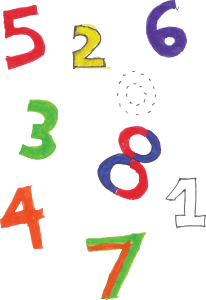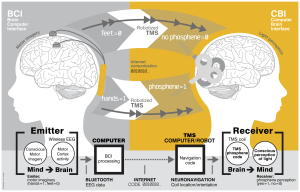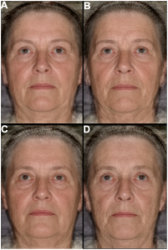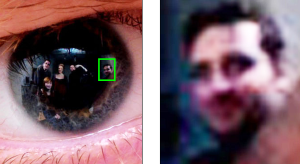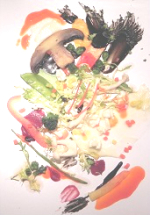Synesthesia
Survival of the Synesthesia Gene: Why Do People Hear Colors and Taste Words? D. Brang , VS. Ramachandran, PLoS Biol 9(11): e1001205.
Synesthesia is a perceptual experience in which stimuli presented through one modality will spontaneously evoke sensations in an unrelated modality. The condition occurs from increased communication between sensory regions and is involuntary, automatic, and stable over time. Genetic research on synesthesia suggests the phenomenon is heterogeneous and polygenetic, yet it remains unclear whether synesthesia ever provided a selective advantage or is merely a byproduct of some other useful selected trait. Progress in uncovering the genetic basis of synesthesia will help us understand why synesthesia has been conserved in the population.
Need help with this article? Discover more with the Scientific Literacy Tool
Get the Scientific Literacy Tool

